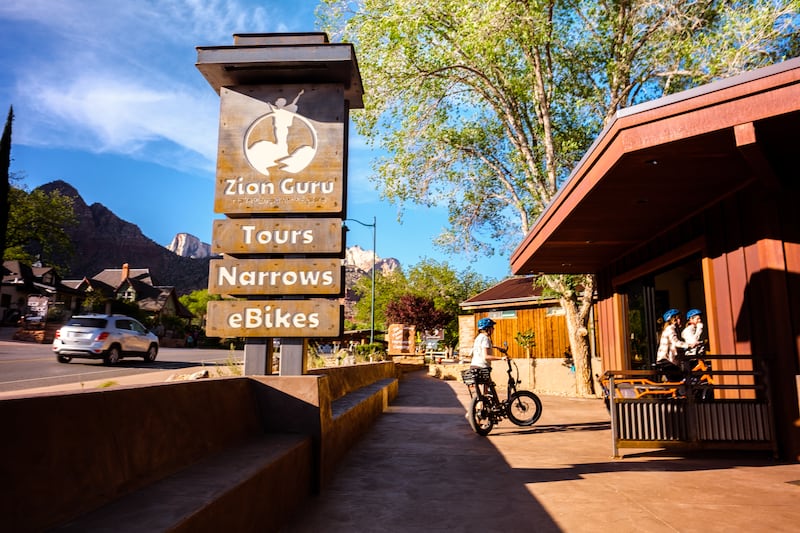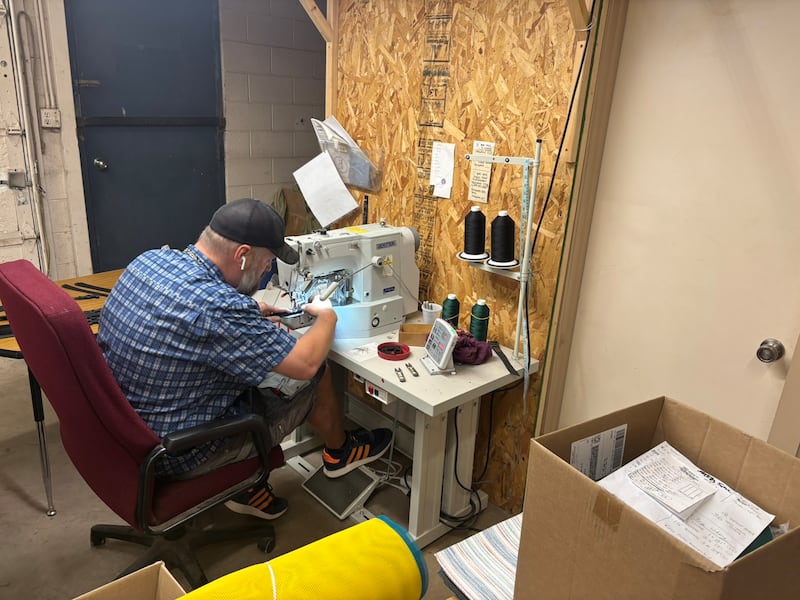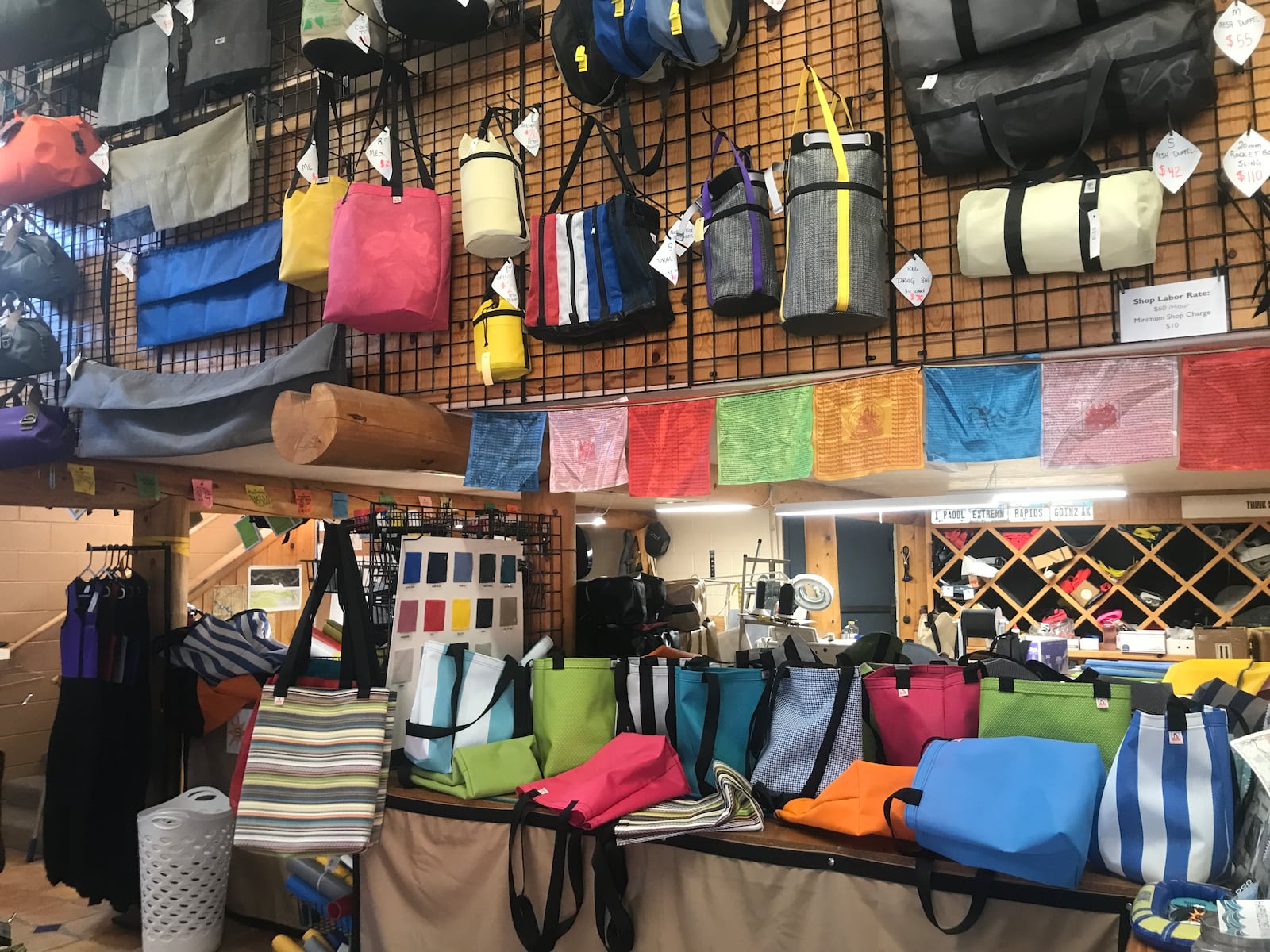This story appears in the August 2025 issue of Utah Business. Subscribe.
Life in Utah’s wilderness can be unpredictable. For those wishing to explore the state’s stunning national parks and remote recreation areas safely, Utah is home to dozens of businesses that provide gear, guides and advice to help eager explorers prepare for whatever Mother Nature has in store.
Now, some of these businesses are facing a new kind of uncertainty.
This year, travel experts expect that international arrivals to the United States will decline by 9 percent compared to 2024, leading to an $8.5 billion loss in spending by foreign tourists. In February, 1,000 National Park Service (NPS) employees were let go amid mass layoffs across the federal government ordered by President Trump, including 12 employees at Zion National Park and at least eight at other Utah parks. Those employees were later reinstated, but NPS is still under threat as President Trump’s 2026 budget proposes cutting 30 percent of the agency’s funding for operations and staffing.
Navigating the outdoor industry’s rough waters
Scott Solle and Jonathan Zambella, two business owners whose companies get Utahns and visitors ready for outdoor adventures, are tackling the current uncertainty in the world of outdoor recreation.
Zambella, the owner of Zion Guru in Springdale, offers rental equipment for Zion’s famous Narrows hike, e-bike rentals to help park visitors avoid crowded parking lots, and guided canyon tours. He says that so far, he hasn’t seen a decrease in visitors to Zion, despite the decline in international tourism and the long wait time to get into the park when it was understaffed earlier in the year.
In fact, all five of Utah’s national parks have seen more visitors this year. Zion had nearly 1.9 million visitors between January and May, over 100,000 more than during the same period in 2024.
“From a tourism standpoint, Zion is really a super park,” Zambella says. He thinks Zion’s popularity helps it weather difficulties with staffing or international tourism. His theory is that as more international travellers are staying home, Americans are also scaling back on travel and might choose a trip to Southern Utah over the South of France. “We saw a huge influx over spring break, really from all over the country,” he says.

Solle, who owns the river sports equipment company Solgear, also says that these seemingly concerning tourist patterns are not having a direct negative impact on his business. “I’m a lot more of a specialty business,” Solle explains. Unlike tourists looking to try rafting for the first time, “the people that seek me out are specifically river runners.”
But, Solgear is still experiencing some turbulence this year. Many of Solle’s customers run outfitting businesses that offer rafting tours and buy his equipment to rent to their customers. “Equipment, as good as you make it … it’s a harsh environment on the water. It’s silty water. It’s a lot of sun. It eventually breaks down,” Solle says. The outfitters he works with regularly come back to replace their equipment at the end of its lifespan. But this year, Solle has already had a customer tell him that business was slow and he couldn’t buy new equipment.
“I think it’s just an indirect result of the economy not being as stable as it was,” Solle says. “People, I think, are more guarded with their money and what they do.”
The biggest mountain to climb: Tariffs
Solle and Zambella both cited the state of the economy as the biggest challenge they will face this season — far bigger than declining foreign travel or budget cuts to national parks. Specifically, both said President Trump’s tariff policies are increasing costs and forcing difficult decisions about how and when to pass those costs on to their customers.
According to Zambella, many of Zion Guru’s products — like the company’s specially designed shoes that keep hikers’ feet warm on treks through the icy waters of the Narrows — are being hit by the current 10 percent universal tariff and additional tariffs on imports from certain countries.
For Zambella’s business, it’s impossible to avoid the tariffs by finding suppliers and manufacturers in the U.S. “I can see in some altruistic way that if my shoes that we use for Narrows rentals were made in the United States, it would be great. And, we would save on shipping and import costs. But there’s not a single shoe manufacturer in the United States,” Zambella explains. He says that he manufactures his shoes in Italy.
“We thought in the beginning that we were doing the right thing by not using a Chinese-manufactured product,” Zambella says. “But in the end, we’re still being penalized.”
Solle also says that tariffs will be difficult for him to avoid, even though he makes many of his products in-house or buys them from distributors in the U.S. or Canada. For some of these products, like waterproof bags for rafting, many of the parts have to be custom-made by other distributors before being assembled by Solgear. While Solle has already shifted some of his manufacturing out of China, moving the last remaining parts to other manufacturers will take time. Until then, he is facing cost increases of up to 25 percent for certain parts, such as metal buckles emblazoned with Solgear’s logo.

Both Solle and Zambella say that determining how to deal with tariffs isn’t an overnight decision.
“I’m still dealing with existing inventory, but when I go to reorder, we’re really going to feel it,” Solle says. For a river gear company that sells much more in the warmer months, sudden price increases can create cash flow problems. “I have to borrow more money to cover those costs through the slow period,” Solle says.
Zambella is dealing with a similar pricing issue due to tariffs. Many of his tours and rentals are booked months or weeks in advance, meaning Zambella’s income will not rise to match his increased costs due to tariffs. As frustrating as this is, he is hesitant to raise prices for new bookings in the middle of the season.
“We’re being slow. We’re not being radical,” Zambella says. “Any changes we’re making, we’re looking at it and saying, ‘Okay, what do we need to do six months from now?’ Not necessarily ‘What do we need to do today?’”
As tariff policies continue to change and government spending on national parks is negotiated, life for Utah’s outdoor recreation business owners may be as unpredictable as nature itself. But like the flora and fauna that have evolved to thrive in the harsh conditions of Utah’s wilderness, they will learn to adapt one day at a time.

